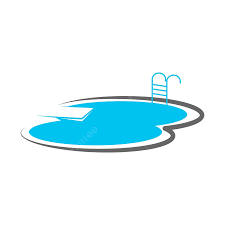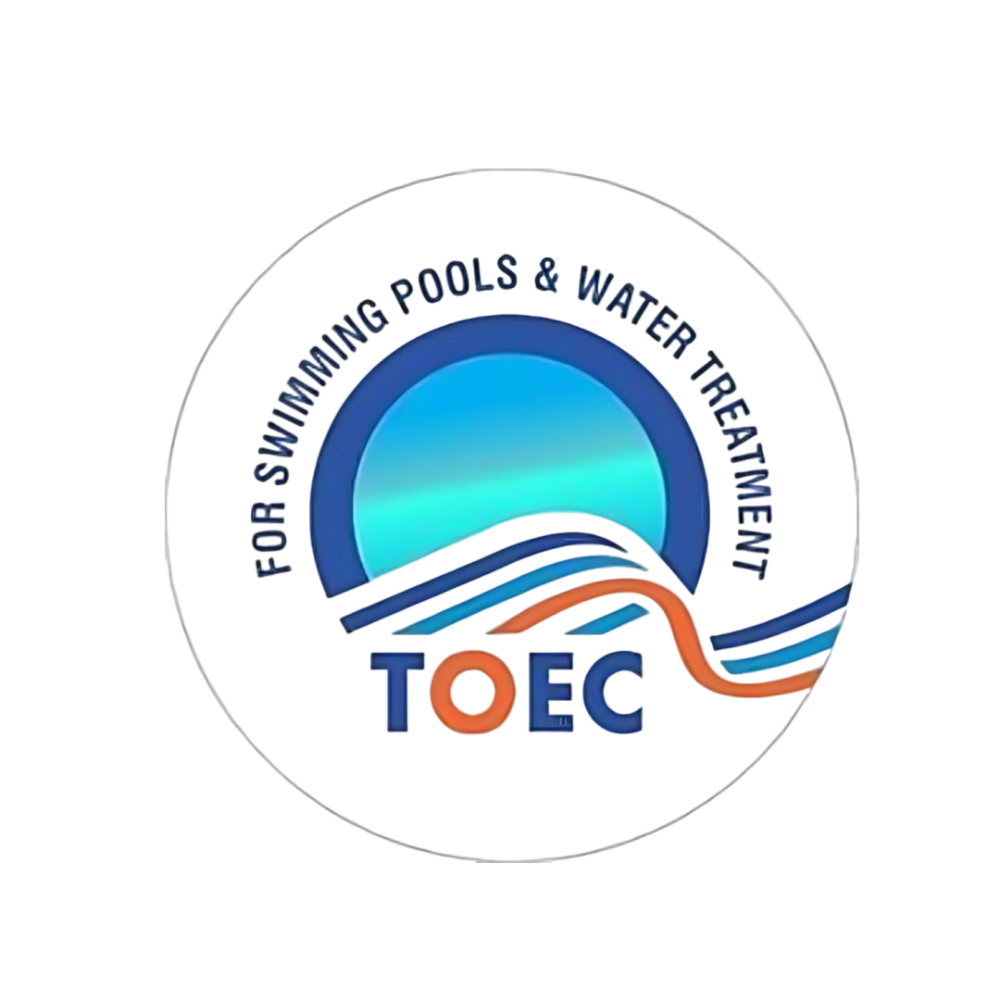Search Misr Connect
 Swimming pool construction and maintenance companies
Swimming pool construction and maintenance companies
FAQ
There is a wide variety of swimming pool systems available to suit different needs and spaces, including:
Reinforced concrete swimming pools, known for their durability and long lifespan, which can be implemented with various operating systems such as:
External filter unit system, ensuring efficient water purification.
Skimmer system, suitable for medium-sized spaces, as it relies on drawing water from the surface and filtering it.
Overflow system (Horizon Pool), offering a modern aesthetic with continuously flowing water over the edges.
Available finishing options include high-quality crystal mosaic, water- and weather-resistant ceramic, and natural or plastic wood, which are heat- and moisture-resistant, ensuring an elegant appearance and long lifespan.
The latest water treatment technologies are used, featuring American and European filters to maintain water purity, advanced disinfection systems for public health protection, and safe chemical treatments that extend the pool’s lifespan.
The choice of the appropriate system depends on the available space, budget, and aesthetic and functional requirements, with the possibility of specialized consultations to help determine the best option and execute it with the highest quality using the latest technologies and contemporary designs.
The difference between the skimmer system and the overflow system in swimming pools
When designing swimming pools, choosing the operating system is one of the key factors affecting water efficiency and the overall aesthetics of the pool.
1. Skimmer System:
Relies on small openings (skimmers) installed on the pool walls to draw surface water into the filtration system and return it after purification.
Does not require a balance tank, making it more cost-effective in installation and maintenance.
Suitable for small and medium-sized pools, especially in homes and private villas.
The water level is about 10-15 cm below the edge of the pool.
2. Overflow System (Horizon Pool):
Features an even edge that allows excess water to flow into a surrounding channel, then into a balance tank before being re-pumped after treatment.
Provides a luxurious appearance, making the water seem as if it is flowing without boundaries.
Offers higher water purification efficiency and prevents dirt accumulation on the surface.
Primarily used in hotels and luxury resorts due to its high cost.
The construction time of a swimming pool depends on several factors, including its size, type, and the nature of the ground. In general, the process takes 3 to 6 weeks on average, according to the agreed schedule, using the best materials and technologies to ensure quality and durability. The main stages include excavation, waterproofing, system installation, and final finishing, ensuring a fast execution with the highest standards.
Yes, an old swimming pool can be converted into a modern design or expanded by:
1. Renovating and upgrading the pool using modern materials such as crystal mosaic or water-resistant ceramic tiles.
2. Modifying the design and adding advanced operating systems, such as the Horizon Pool system or an external filter unit, to enhance efficiency.
3. Improving water treatment systems by installing American or European filters and advanced disinfection technologies like UV rays or ozone.
4. Adding heating and cooling systems to regulate water temperature according to seasonal needs.
5. Installing modern pool covers to maintain cleanliness and reduce chemical consumption.
6. Enhancing aesthetics and functionality by incorporating waterfalls, fountains, or artificial lakes to elevate the overall appeal.
7. Upgrading infrastructure and equipment by replacing old pumps with more efficient and energy-saving alternatives.
8. Introducing new entertainment features like water park games to make the pool more enjoyable and functional.
1- Optimal chlorine level: The chlorine concentration in swimming pool water should range between 2 to 3 parts per million (ppm), ensuring effective disinfection by eliminating bacteria and viruses while maintaining swimmer safety.
2- Minimum safety level: The chlorine level should not drop below 1 ppm, as lower concentrations reduce disinfection effectiveness and increase the risk of bacterial and algae growth.
3- Maximum allowable limit: The chlorine concentration should not exceed 5 ppm, as higher levels may cause eye, skin, and respiratory irritation.
4- Factors affecting chlorine levels: These include water temperature, number of swimmers, and exposure to sunlight, all of which accelerate chlorine consumption, requiring regular monitoring and adjustment.
5- Chlorine measurement methods: Chlorine levels can be tested using specialized measurement devices or test strips to ensure they remain within recommended limits, providing a safe and healthy swimming environment.

